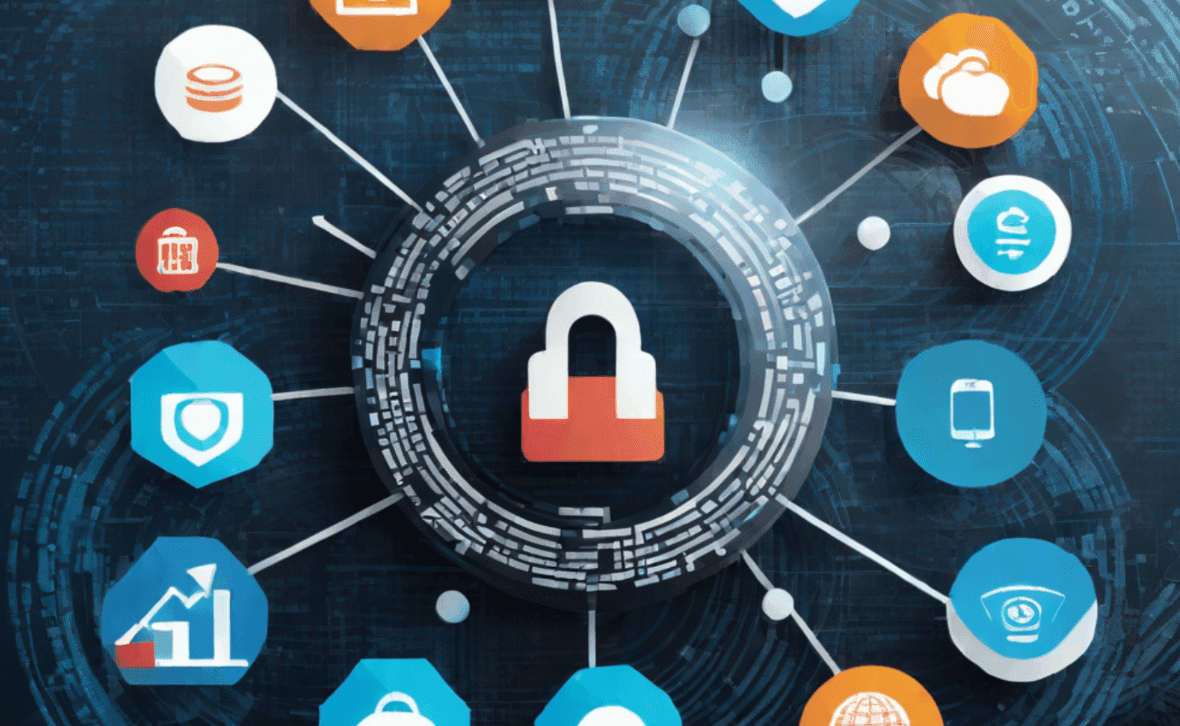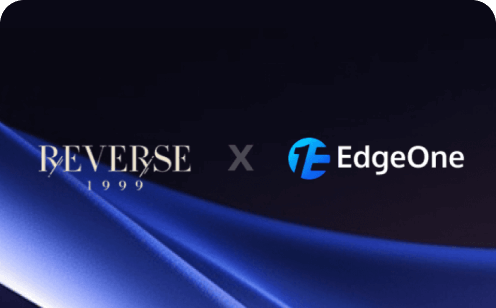What is SOC 2? A Comprehensive Guide to Service Organization Control 2
In today’s digital business landscape, data security and privacy are major concerns for both enterprises and consumers. As organizations increasingly depend on third-party service providers to handle sensitive information, it becomes essential to ensure the security and integrity of these services. This article offers a detailed overview of SOC 2 (Service Organization Control 2), covering its framework, implementation process, and benefits.

What is SOC 2?
SOC 2 is a comprehensive auditing framework developed by the American Institute of Certified Public Accountants (AICPA). It provides organizations with a structured approach to managing and protecting customer data, making it particularly relevant for technology companies, cloud service providers, and SaaS organizations.
What are the Core Trust Service Criteria of SOC 2?
The SOC 2 framework is built upon five fundamental trust service criteria:
1. Security
Security involves protecting against unauthorized access and system breaches. This requires implementing both physical and logical security measures. For example, organizations should use multi-factor authentication systems to ensure that only authorized personnel can access sensitive data. Additionally, continuous 24/7 security monitoring is essential for detecting and responding to potential threats in real time. Regular security assessments are also necessary to identify and address vulnerabilities before they can be exploited.
By implementing these measures, organizations can create a robust security environment that safeguards their data and systems from unauthorized access and breaches.
2. Availability
Availability focuses on the uptime and performance requirements of a system, along with disaster recovery and business continuity planning. Organizations must monitor system performance metrics to ensure services are consistently available to users. This includes setting up redundant systems and backup protocols to maintain service continuity during unexpected events, such as natural disasters or cyber-attacks. Effective disaster recovery plans are crucial for minimizing downtime and enhancing operational resilience.
By prioritizing availability, organizations can ensure their services remain reliable and accessible, even during unforeseen disruptions.
3. Processing Integrity
Processing integrity guarantees the accuracy and timeliness of system processing. Organizations must implement monitoring and prevention measures to avoid errors in processing. This includes using automated error detection systems that can identify discrepancies in real time, as well as regular data validation processes to ensure that information is accurate and reliable.
By upholding high standards of processing integrity, organizations can provide dependable services and maintain customer trust. Ensuring that data is processed correctly and promptly is essential for delivering high-quality services and meeting customer expectations.
4. Confidentiality
Confidentiality refers to the protection of sensitive information using data encryption and access controls. Organizations should implement strict data classification policies to identify the sensitivity level of different types of information. Appropriate security measures, such as encryption and restricted access, must be applied based on each classification level to prevent unauthorized disclosure. Maintaining confidentiality is crucial for protecting intellectual property and preserving customer trust.
By safeguarding sensitive information, organizations can avoid data breaches and protect their reputation.
5. Privacy
Privacy is essential for complying with regulations and safeguarding personal data. Organizations should establish comprehensive privacy policies that clearly outline how personal information is collected, used, and protected. Regular training programs are crucial for educating employees on proper data handling practices and ensuring adherence to relevant privacy laws.
By prioritizing privacy, organizations can build trust with customers and avoid legal issues. Protecting personal data is not only a regulatory requirement but also a critical component of maintaining customer loyalty and trust.
What are the Types of SOC 2 Reports?
Reports SOC 2 offers two distinct report types:
1. SOC 2 Type 1
SOC 2 Type 1 provides a point-in-time assessment of control design and evaluates the implementation effectiveness of these controls. This report offers an initial validation of an organization's security controls, demonstrating that they are suitably designed to meet the trust service criteria. However, it does not assess the operational effectiveness of these controls over time, making it a snapshot rather than a continuous evaluation. This type of report is useful for organizations seeking to establish a baseline of their security posture and demonstrate their initial compliance efforts.
2. SOC 2 Type 2
SOC 2 Type 2 involves a comprehensive evaluation period that typically lasts between 6 to 12 months. It assesses how effectively security controls operate over time. This detailed report demonstrates the consistent application and effectiveness of these controls, providing greater assurance to stakeholders about the organization’s commitment to high security standards. Such a report is especially valuable for organizations looking to showcase their long-term dedication to security and operational excellence.
Implementation Process of SOC 2
The SOC 2 implementation journey typically involves these key steps:
1. Scope Definition and Planning
Scope Definition and Planning involves identifying the systems and services that will be audited, as well as establishing a project timeline and allocating resources. This initial phase requires careful consideration of business objectives and regulatory requirements to ensure comprehensive coverage. Organizations must clearly define the scope of the audit to include all relevant systems and processes, ensuring that the assessment aligns with their security goals. Proper planning and resource allocation are essential for a smooth and effective implementation process.
2. Risk Assessment and Control Design
Risk assessment and control design involve evaluating potential security risks and developing effective control measures. Organizations should conduct thorough risk assessments in all relevant areas, including technology infrastructure, personnel, and processes. By identifying potential threats and vulnerabilities, organizations can design and implement controls that effectively mitigate these risks, enhancing their overall security posture. This step is crucial for creating a robust security framework that addresses the unique challenges and risks faced by the organization.
3. Implementation and Documentation
Implementation and documentation involve deploying security controls and creating thorough records of these measures. This phase requires substantial effort to establish new procedures and ensure that all control mechanisms are properly documented. Comprehensive documentation is crucial for demonstrating compliance with SOC 2 requirements and providing a clear overview of the implemented controls. Organizations must make sure that all security measures are carefully implemented and documented to ease the audit process. Additionally, detailed documentation serves as a valuable reference for ongoing security management and future audits.
4. Monitoring and Testing
Monitoring and testing are crucial for ensuring the effectiveness of security controls. Organizations must implement robust monitoring systems to continuously track the performance of these controls. Regular testing procedures, such as internal audits and vulnerability assessments, are essential to confirm that controls are effective and compliant with SOC 2 standards.
Continuous monitoring enables organizations to detect and respond to security incidents in real-time, helping maintain a proactive security posture. By consistently testing and monitoring their controls, organizations can ensure that their security measures function as intended and make necessary adjustments to address emerging threats.
Benefits of SOC 2 Compliance
1. Enhanced Business Value
Enhanced business value encompasses improved customer trust and confidence, along with a competitive market advantage. Achieving SOC 2 compliance demonstrates an organization's commitment to security, which can significantly impact customer decisions and business partnerships. By highlighting their dedication to protecting customer data, businesses can distinguish themselves from competitors and attract clients who prioritize security and privacy. This increased trust can result in greater customer loyalty, higher retention rates, and new business opportunities.
2. Risk Management
Risk management entails the proactive implementation of security measures to reduce the likelihood of data breaches. Regular assessments and updates enable organizations to stay ahead of emerging security threats and vulnerabilities. By continuously evaluating and enhancing their security controls, organizations can minimize the risk of data breaches and other security incidents. This not only protects their reputation but also helps avoid costly legal and financial repercussions. Furthermore, effective risk management contributes to a more resilient and secure operational environment.
3. Operational Excellence
Operational Excellence involves optimizing processes and procedures to enhance organizational efficiency. The structured approach required by SOC 2 often results in improved operational practices and reduced risks. By standardizing security processes and adopting best practices, organizations can boost their overall efficiency and effectiveness. This not only enhances security but also improves business performance and operational resilience. Better operational practices can lead to cost savings, increased productivity, and a stronger competitive position in the market.
SOC 1 vs SOC 2
SOC 1 and SOC 2 are two different types of Service Organization Control (SOC) reports designed to meet different audit needs. SOC 1 primarily focuses on internal controls related to financial reporting, while SOC 2 emphasizes controls related to data security, availability, processing integrity, confidentiality, and privacy. Below are the main differences between the two:
Feature | SOC 1 | SOC 2 |
|---|---|---|
| Purpose | Evaluates internal controls related to financial reporting | Evaluates controls related to data security and privacy |
| Applicable Scope | Primarily applicable to the financial services industry | Applicable to various industries, especially technology and cloud services |
| Control Standards | Based on AICPA auditing standards | Based on Trust Services Criteria |
| Report Types | Type I and Type II | Type I and Type II |
| Focus | Accuracy and completeness of financial reports | Security, availability, processing integrity, confidentiality, and privacy of data |
Conclusion
SOC 2 compliance represents a significant commitment to data security and privacy protection. While the implementation process requires substantial effort and resources, the benefits of enhanced security, customer trust, and operational efficiency make it a valuable investment for modern organizations. As digital transformation continues to reshape business operations, SOC 2 compliance becomes increasingly important for organizations seeking to demonstrate their commitment to protecting sensitive information and maintaining high security standards.
Tencent EdgeOne adheres to compliance requirements across various countries and industries, committed to ensuring the security, compliance, availability, confidentiality, and privacy of its services. This meets the diverse regulatory needs of enterprises and their customers, reducing redundant efforts in audit work and enhancing audit and management efficiency. Tencent EdgeOne has successfully obtained SOC series audit reports (including SOC 1, SOC 2, and SOC 3).
EdgeOne is a next-generation Edge Services provider that delivers unparalleled speed, dependable protection for your global services, especially in Asia. We have now launched a Free Trial, welcome to Sign Up or Contact Us for more information.

